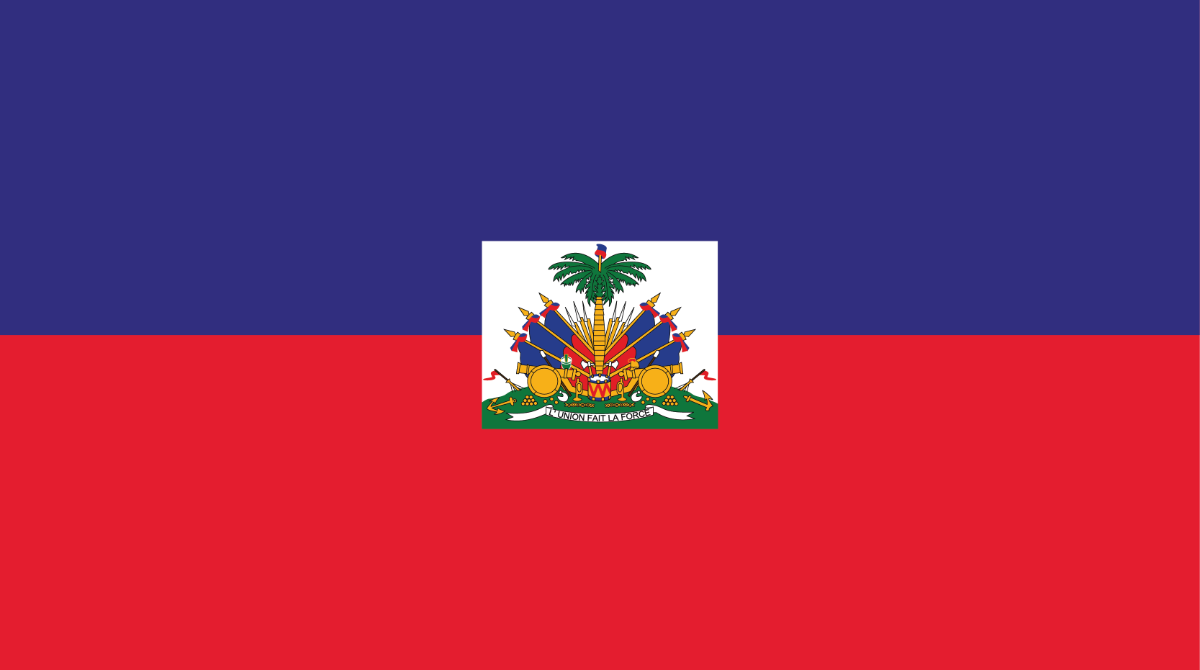At a glance
CDC works with partners in Haiti to build sustainable public health capacity, strengthen laboratory systems and surveillance networks, deliver high-quality HIV and TB diagnostic, treatment, and prevention services, and respond swiftly to disease outbreaks at their source, preventing health threats from reaching the U.S.

Strategic focus
The U.S. Centers for Disease Control and Prevention (CDC) began working with Haiti’s Ministry of Public Health and Population (MSPP) in 2002 to address the growing HIV epidemic. CDC’s work includes HIV treatment and prevention services, laboratory system strengthening, health information systems, workforce development, capacity building, and HIV and tuberculosis (TB) clinical services. CDC and partners use data-driven, evidence-based strategies to accelerate efforts in building a sustainable HIV response. This involves identifying undiagnosed people living with HIV (PLHIV), increasing the number of PLHIV receiving antiretroviral therapy (ART), and improving viral load suppression and TB preventive treatment (TPT).
Read more about CDC's most recent key activities and accomplishments below.
Building public health capacity
- Increased access to strategic information by supporting the development of integrated health management information systems. This included an electronic medical record (EMR) system, which is a national case-based surveillance system.
Strengthening laboratory systems and networks
- Strengthened the National Public Health Laboratory (LNSP) and supported the decentralization of targeted services to other laboratories. With CDC support, LNSP is a national leader in HIV diagnostics, including early infant diagnosis and HIV viral load testing for treatment monitoring.
- Reinforced laboratory logistics under the National Specimen Referral Network. The network tracks and transports biological specimens from facilities and other collection points to regional and central laboratories for processing. Over 127,000 viral load tests were conducted in FY2024.
- Supported a comprehensive package of quality assurance and improvement activities for HIV rapid testing that promoted the reliability and accuracy of HIV rapid testing.
- Supported the renovation of the LNSP TB laboratory to meet international standards for a TB containment laboratory.
HIV prevention and treatment
- Strengthened efforts to identify undiagnosed PLHIV with improved testing strategies. This includes assisted self-testing activities and index testing, which targets the exposed contacts of HIV-positive persons for HIV testing services.
- Supported MSPP in implementing the test and treat strategy in 2016, ensuring immediate ART eligibility for all patients with an HIV diagnosis. Haiti was one of the first countries in the region to roll out test and treat strategy successfully. Nearly 125,000 PLHIV were active in treatment in FY2024, with 75 percent within CDC-supported networks.
- Collaborated with partners to offer differentiated service delivery models, including multi-month dispensation of ART, early refills, referrals to other clinics, home and community medication delivery, and community pick-up points to ensure continuity of treatment. Sixty percent of PLHIV on treatment received early ART refills in FY2024.
- Launched a national mobile patient tracing application to identify clients who missed appointments or experienced treatment interruption.
Tuberculosis prevention and treatment
- Provided expertise in TB diagnostic practices on how to integrate short-course TPT (1HP and 3HP) in the national guidelines. Nearly all (99 percent) PLHIV started and completed TPT, 97 percent of TB patients received an HIV test, and 87 percent of patients with TB and HIV received ART in FY2024.
By the numbers
HIV
Estimated HIV Prevalence (Ages 15-49)
1.6% (2023)
Estimated HIV Deaths (Age≥15)
Reported Number Receiving Antiretroviral Therapy (Age≥15)
TB
Estimated TB Incidence
149/100,000 (2023)
14% (2023)
TB Treatment Success Rate
85% (2022)
Resources
Support for CDC's global HIV and TB efforts.
Our success is built on the backbone of science and partnerships.